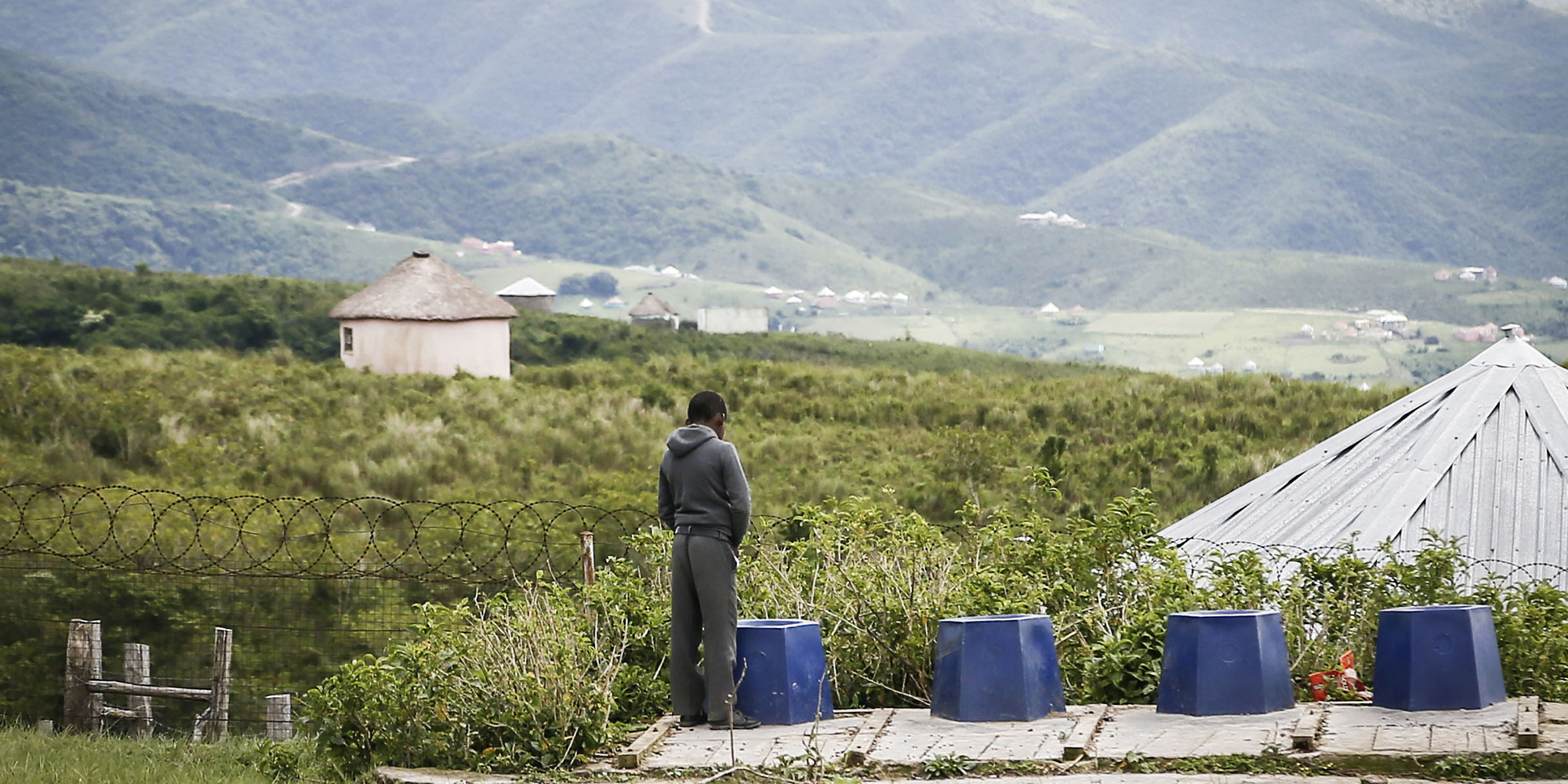Following President Cyril Ramaphosa’s call to Basic Education Minister Siviwe Gwarube and provincial departments to eradicate pit latrines before the end of the financial year on 31 March 2025, Gwarube says 93% of pit latrines have been eradicated so far.
Speaking at the National Council of Provinces (NCOP) on Tuesday, 11 March 2025, Gwarube said 3,372 pit toilets across schools had been identified from 2018 and 93% of them have been eradicated through the Sanitation Appropriate for Education (Safe) Initiative.
The purpose of Safe was to provide sufficient sanitation facilities at schools in South Africa.
“This number is expected to increase in the coming weeks as the Department of Basic Education (DBE) is working closely with agents and donors to complete the balance of identified sanitation projects…
“The eradication of these inappropriate infrastructures are not just about numbers. They are about lives, they’re about dignity, and they’re about the safety of our children. Schools are meant to be places of safety and children cannot go to school to go and die,” Gwarube. said
Read more: Gwarube sets bold deadline for school pit toilet eradication, but progress is sluggish
The minister did not give the number of pit toilets left, but 7% of 3,372 means only about 236 remain.
Pit toilets have been an unresolved issue for many years, especially in rural areas. Over the past few years many pupils have died in schools after falling into a pit toilet.
In 2024, Daily Maverick reported that Oratile Diloane from North West succumbed to injuries when he fell into a pit toilet in May 2016 – he was only five years old. He sustained severe head injuries, resulting in hypoxia and hydrocephalus, which ultimately resulted in his death at 13.
Read more: Oratile (13) tragically dies eight years after falling into ‘deathtrap’ North West school pit toilet
In another incident, in 2023, four-year-old Langalam Viki seemingly fell into a pit toilet at her school in Vaalbank in the Eastern Cape and drowned. Her grandfather, Mbuzakubani Matyobe, said the family began looking for her when she did not arrive home from school with the other children.
“The principal was informed, and the search for her started late on Monday. On Tuesday, we woke up and went to school… where her lifeless body was discovered in the pit latrine,” he said.
Read more: No answers for family of four-year-old girl found dead in school pit toilet
A year ago, Eastern Cape education MEC Fundile Gade told the Eastern Cape legislature that just 21 pit toilets had been removed from schools in the province, leaving more than 113,000 pupils without proper sanitation.
The progress in addressing unsafe pit toilets has declined sharply since 2020. That year, 147 schools had their pit latrines removed, and 465 schools were given adequate sanitation in 2021. However, in 2022, only 132 schools received the necessary improvements.
 Basic Education Minister Siviwe Gwarube at the unveiling of Connect Every Child ICT Programme at the MTN Innovation Centre in Johannesburg on 6 August 2024. (Photo: Gallo Images / Luba Lesolle)
Basic Education Minister Siviwe Gwarube at the unveiling of Connect Every Child ICT Programme at the MTN Innovation Centre in Johannesburg on 6 August 2024. (Photo: Gallo Images / Luba Lesolle)
Infrastructure challenges in education
During her speech, Gwarube said the department is suffering from budget constraints leading to infrastructure not being repaired to its best condition.
Across provinces, infrastructure issues ranged from C1 (“very poor conditions” that are unfit to be used), to C2 (risk of failure and needs intervention) and C5 (good condition).
“We have 10% of public schools in South Africa that are in poor or very poor condition, so they are falling under the C1 and C2 category… In terms of the provincial data, the Eastern Cape has the highest number of schools in the C1 and C2 category. The Western Cape has the highest number of schools in the C4 and the C5,” said Gwarube.
She added that her concern was that while infrastructure needs are growing, provincial budget allocations have remained stagnant or have been reprioritised to address other priorities, which affects the pace of school infrastructure delivery.
“Based on the evidence we have, Eastern Cape and KwaZulu-Natal have the highest infrastructure needs, given the schools that require a replacement or upgrades. Gauteng and the Western Cape spent a significant portion of their budget [on] expanding school capacity due to the increasing learner population that they experience."
“The budget cuts at a national level have affected infrastructure allocations, leading to project delays. Slow procurement processes and inefficiencies in project implementation often result in unspent funds despite urgent infrastructure needs,” Gwarube said.
In 2024, Daily Maverick reported that the Department of Basic Education built just one school, failing to address significant infrastructure backlogs in provinces such as the Eastern Cape and Limpopo. DM




 Siviwe Gwarube (Minister of Basic Education) at the unveiling of Connect Every Child ICT Programme at MTN Innovation Centre on August 06, 2024 in Johannesburg, South Africa. The programme calls on South Africans to join the drive to donate 30 000 devices to bring connectivity and the promise of a brighter future to all children in schools across the country. (Photo: Gallo Images / Luba Lesolle)
Siviwe Gwarube (Minister of Basic Education) at the unveiling of Connect Every Child ICT Programme at MTN Innovation Centre on August 06, 2024 in Johannesburg, South Africa. The programme calls on South Africans to join the drive to donate 30 000 devices to bring connectivity and the promise of a brighter future to all children in schools across the country. (Photo: Gallo Images / Luba Lesolle)